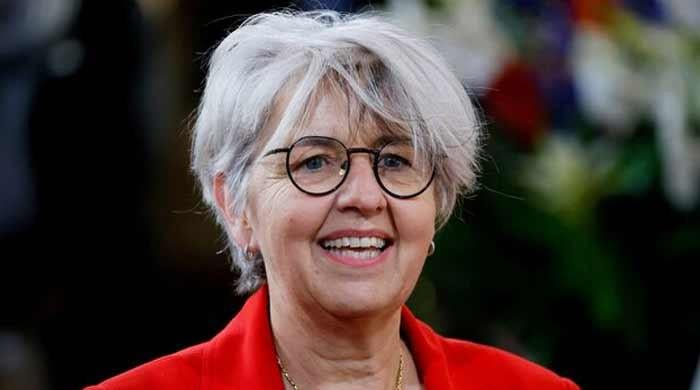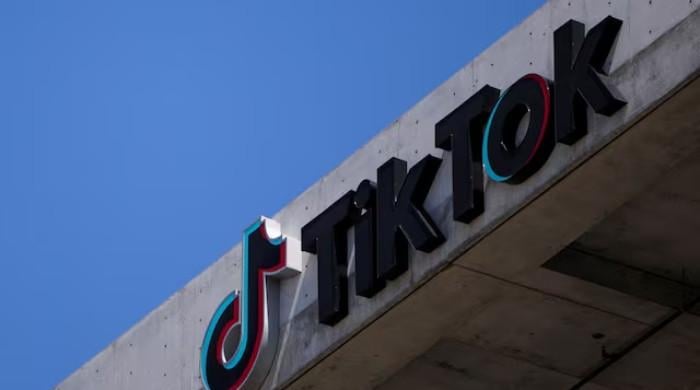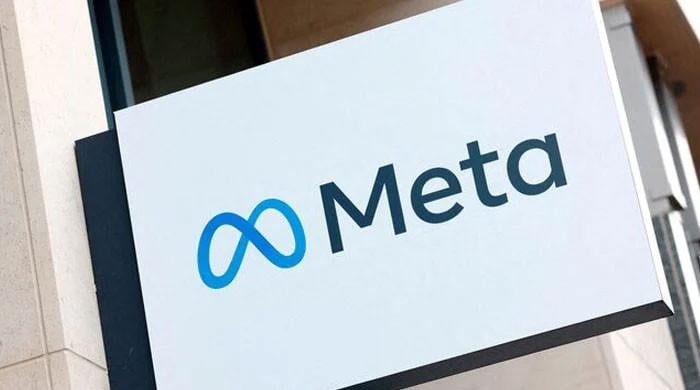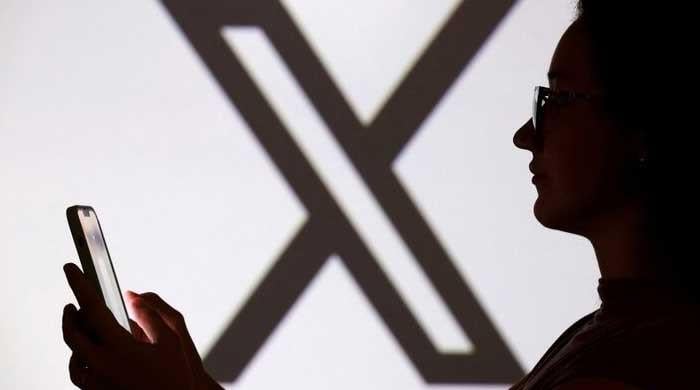Full Harvest Moon to observe a partial lunar eclipse this month
September's full moon to be second of four consecutive supermoons of year, will plunge top side of natural satellite into darkness
September 08, 2024
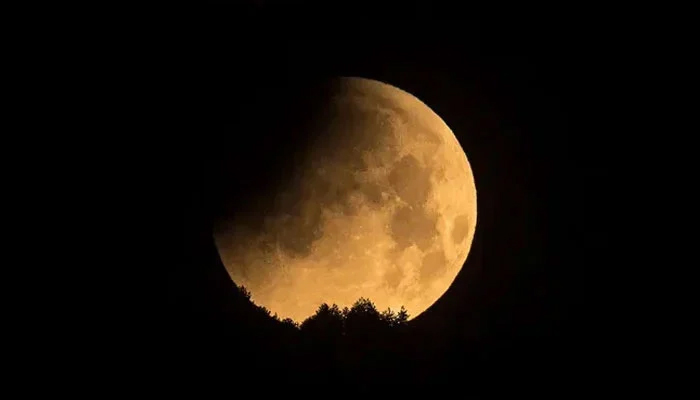
September’s full moon or the Full Harvest Moon, other than being a slightly larger-than-average super moon, will also observe a partial lunar eclipse on the evening of September 17, Space reports.
The Full Harvest Moon is expected to be visible in most of North America while all of South America, Europe, parts of Africa other than the eastern side, western areas of Asia and Russia, as well as Antarctica.
This month’s moon is the second of the four consecutive supermoons of the year, directly following August's Super Blue Moon.
When do lunar eclipses occur?
The phenomenon of Lunar eclipses occurs when the Earth passes between the sun and the moon during its orbit and casts its shadow on its natural satellite, Space explains.
Lunar eclipses also provide solid proof that the earth is a sphere not flat, as upon passing, the planet forms a curve like shadow on the visible side of the moon.
How will the moon look?
This lunar eclipse, it will be a slight one, only the upper side of the satellite will be graced with Earth’s shadow, which is known as the umbra.
Apart from the darkness plunged part at the top of the moon, most of the lunar disk will be in Earth penumbra which is the lighter portion of the shadow that does not block the sun’s rays reflecting on the moon.
This will give the moon a reddish-brown smudgy appearance during the time of the phenomenon.
When can we see the lunar eclipse?
Space suggests that for seers in the Eastern time zone of the US, the lunar eclipse will be in its full glory — the darkest phase — when the moon will be the most submerged in the umbra of the Earth around 10:44pm EDT.
European and African observers will be able to see the eclipse during the pre-dawn hours on September 18 and for Londoners, the eclipse will be the biggest around 3:45am BST on September 18.




